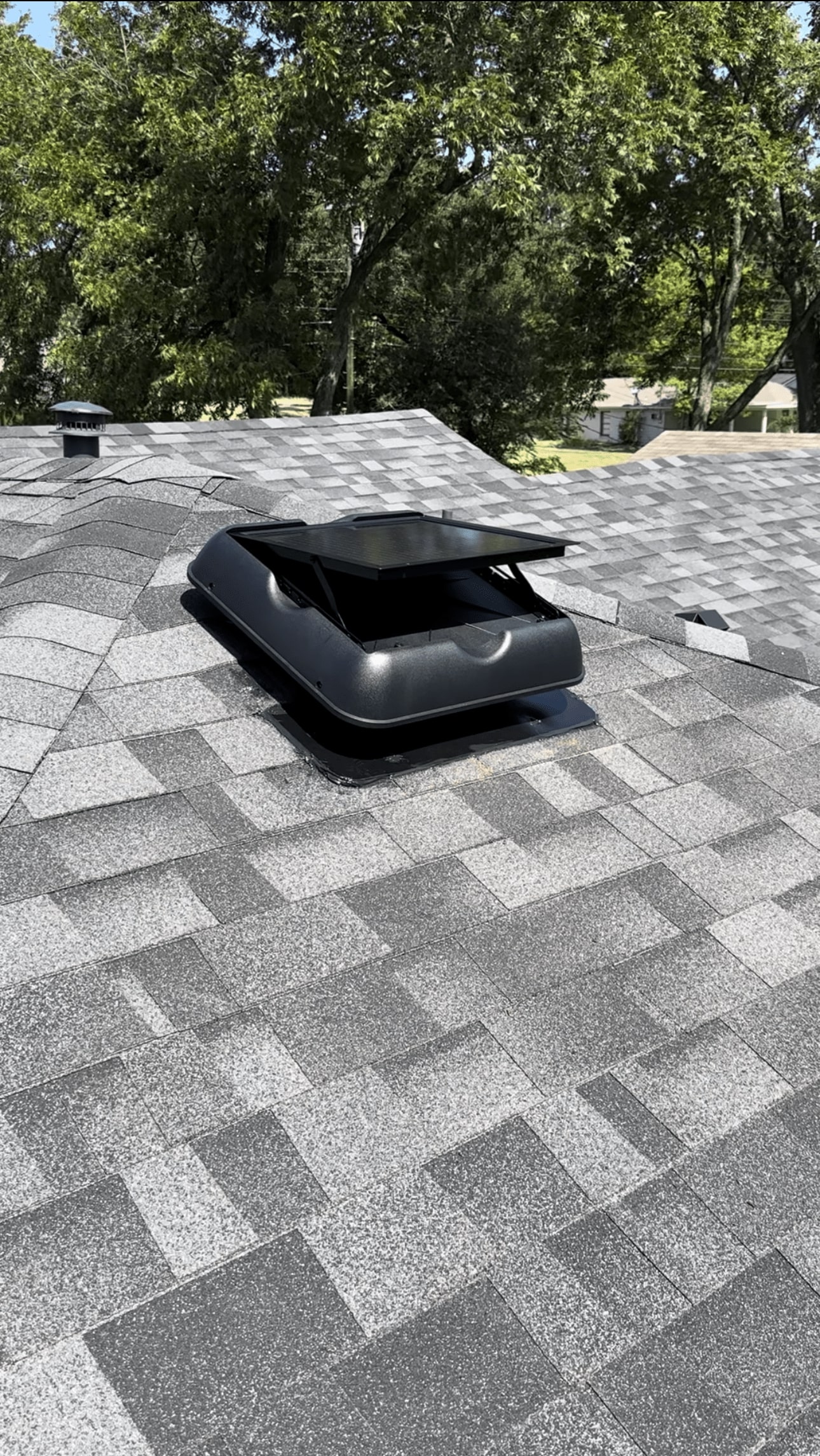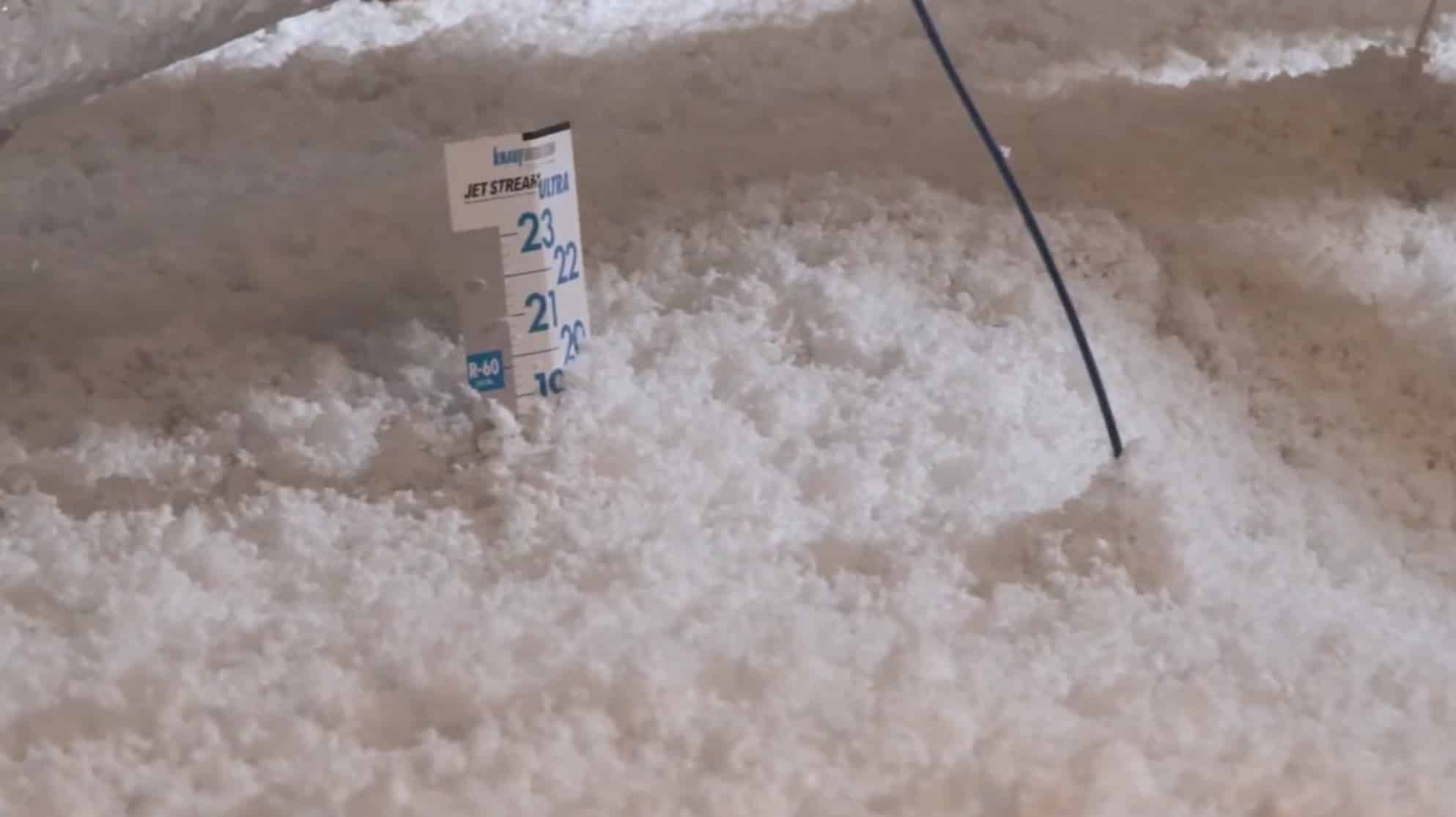7 Simple Techniques For Green Attics
Table of ContentsThe Ultimate Guide To Green Attics9 Simple Techniques For Green AtticsThe Facts About Green Attics Uncovered10 Easy Facts About Green Attics Explained4 Simple Techniques For Green AtticsSome Known Details About Green Attics Some Known Facts About Green Attics.
Around the chimney. Building regulations require that air spaces between chimneys and flooring or ceiling settings up where they pass be secured with a non-combustible fire quit (see Figure 5-3 and Figure 5-4). Along the edge of common wall surfaces. There is frequently a gap between the party wall surface (such as the common wall in between devices in duplexes, triplexes and row residences) and the edge of the attic floor.
A hefty polyethylene sheet which is caulked with acoustical sealant and stapled to the ceiling encloses the electric box. An electric cord diverts from the electrical box and down through an opening into an interior wall surface. Holes around electric wires are filled up with caulking or foam sealant, and caulking seals voids along the top of the indoor walls.
Attic air flow serves a variety of objectives. HVAC maintenance. It decreases summer warm buildup, lengthening the life of roof and reduces air conditioner tons. After air sealing, attic air flow is your second line of protection against the water vapour that might have discovered its means into the attic room. It guarantees a cooler, well-vented attic room less vulnerable to the formation of ice dams at the eaves.
The Main Principles Of Green Attics
You might need to locate roofing system or soffit vents from outdoors if they are not plainly visible from inside the attic. Residences with peaked roofing systems and easily accessible attic rooms are the most convenient to air vent by using the ratio of 1 to 300. This ratio refers to unblocked air vent location to the protected ceiling location.

The complying with Components information the finest technique depending on your attic room kind. After you have actually evaluated the attic room and lugged out any kind of therapeutic work, focus initially on air and dampness control.
Fascination About Green Attics
On the various other hand, spray foam uses air sealing and a preliminary layer of high quality insulation that can be covered approximately the preferred RSI (R) level. If the attic room retrofit is being finished combined with interior improvements, the most convenient strategy is to set up a new, solitary air and vapour obstacle on the bottom of the ceiling joists.
Spray foam or stiff board insulation can assist link the gap in this area. Cut rigid board to fit in between the ceiling joists and to extend from the outside wall leading plate towards the attic.
Remove existing insulation from the location you are dealing with and establish it to one side. Cut foam boards to fit comfortably between the trusses. Caulk all sides, gaps and joints, see Numbers 5-10 and 5-13. Obstructions, such as electrical cords, will need cuts in the obstacle; seal these thoroughly to make the barrier continual.
Spray foam contractors can install closed-cell foam between the joists to air seal and include insulation at the very same time to the ceiling. All existing insulation and dirt must be eliminated initially to permit for an excellent bond.
Green Attics for Beginners
(https://writeablog.net/greenatt1cs/html-lang-green-attics)
This removes roof covering venting and develops what is called a warm roofing, where the attic room space comes to be part of the conditioned (heated and cooled down) house area. This procedure may be suitable for some attics, however do not continue without approval from your structure inspector, and after that only utilize a certified spray foam service provider who is acquainted with the process.
If there are obstructions over the joists, such as with a truss roofing system, it might be easiest to put batt insulation into the joist spaces and after that use loose-fill insulation to produce a full blanket of insulation above the joists and around all blockages. Loose-fill insulation is also great on its own, especially in irregular or blocked rooms.

The Definitive Guide for Green Attics
Use frustrates between each rafter room to avoid it from being blocked (see Number 5-11). Insulate above and below cross bracing, splitting or reducing the batt to suit the cross bracing as shown in Figure 5-12. Alternatively, reduced one batt right into a collection of wedges and after that fit a wedge under each support.
The initial layer of batts must be thick enough to totally load to the top of the joist area. The second layer can then try these out run vertical across the joists to obstruct any kind of heat circulation through and around the joists (see Number 5-13). HVAC installation. Ensure that there are no spaces in between both layers of insulation
Start at one end of the attic and spread out the covering. Number 5-11 Baffles can be used to preserve air movement through the soffit vents Text variation Exploded view of baffles in between attic roofing system joists with arrowheads showing air activity taking a trip from the exterior, through an air vent in the ceiling overhang, and over the baffles.
The 9-Minute Rule for Green Attics
Figure 5-13 The leading layer of insulation runs vertical to the lower layer Text variation Illustration of layers of batts of insulation in between and over attic room joists. Batts on top of joists are vertical to batts in between joists. A polyethylene sheet is laid under both layers of insulation and affixed to the top of attic room joists by caulking and staples.

If the loosened fill is much deeper than the joists, construct insulation framework (a baby crib) around the attic hatch to ensure that it can be loaded to the edge (see Number 4-7). The bags of insulation material will note the number of square metres (or square feet) each bag must cover to give the needed RSI value.
The 2-Minute Rule for Green Attics
If you are having a contractor do the job, compute the RSI worth that you want and check the bags of insulation to be made use of. They must indicate the location that bag will cover at the selected protecting worth. You and the service provider ought to then settle on the complete number of bags to be utilized, the anticipated insulating worth and the minimum settled depth of insulation throughout the attic, based upon a details thickness.